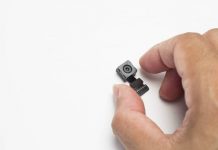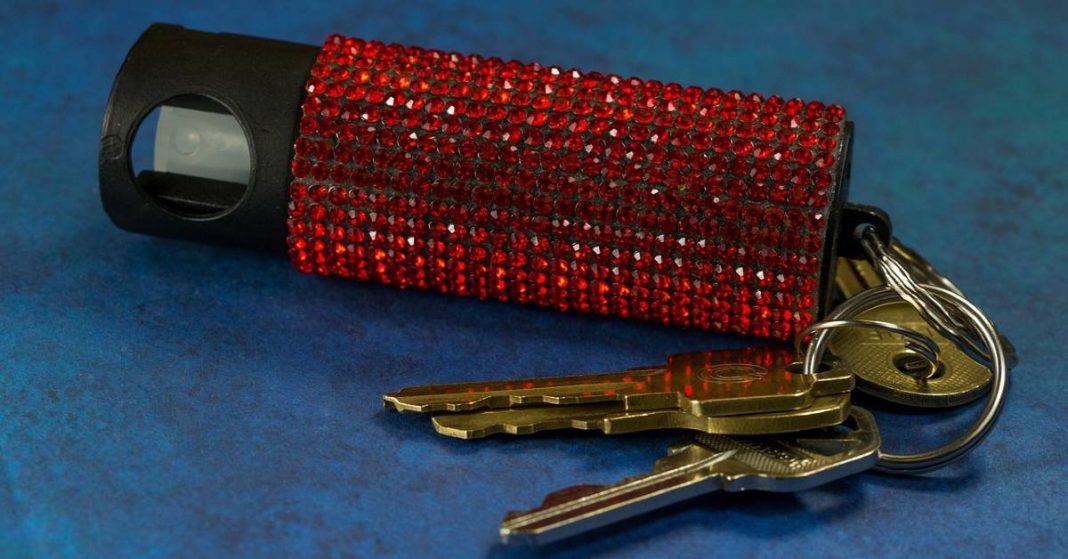UPDATED December 11, 2021 This piece has been updated to reflect the emergence of new technology


Christian Mathews Security Writer
Get to know more about the differences between these two by reading throughout this post. You’ll know exactly which one is better pepper gel vs spray.
Concerned about your safety or uncertain how to defend yourself? Self-defence classes for beginners might be a good idea.Being ready for whatever could happen is a great line of defence. And even if you don’t know how to fight back, having at least something with you that you could use to protect yourself is better than nothing. In such a case, having a pepper spray or a pepper gel can go a long way.
Both are available for personal protection against assailants. There are however differences between the two. We’ll discuss what those are and which are better for your circumstances.
1What is pepper spray?
Pepper spray is an aerosol spray and contains an inflammatory compound referred to as capsaicin. It uses a high concentration of this chemical compound. It is the same compound that adds a spicy flavor to peppers and which causes irritation to the eyes.
Capsaicin is an inflammatory agent. And in higher concentrations, it adds the heating element to chili peppers. The Scoville Heat Index measures the strength of this compound. As an example, the heat of the bell pepper measures 0 on the Scoville Heat Units scale. A jalapeno pepper scores from 2500 to 5000 on the same scale.
Pepper spray used for self-defense has a heat index that ranges from almost 2 million units. Police-issue pepper spray can measure as high as 5.3 million Scoville units.
2What are the physical effects of pepper spray?
If a person comes in contact with a pepper spray, the eyes will close immediately. Plus, they would experience a boiling or bubbling sensation, followed by temporary eye pain and blindness. These effects could last from about 30 to 45 minutes, depending on how strong the solution is.
Pepper spray also leads to the following physical effects:
- shortness of breath
- dry cough
- gasping
- gagging
- inability to speak or breathe
In rare cases, pepper spray could cause cyanosis or bluish discoloration of the skin, which indicates a lack of oxygen and blood flow. Respiratory arrest and apnea might also happen.
3How to treat the effects of pepper spray?
Most emergency medical technicians bring wipes and solutions which treat the symptoms of pepper spray.
However, people in contact with pepper spray must take these steps to lessen the burning symptoms:
- Pepper spray is oil-based and you should not touch the affected area. The reason being, that it could easily spread throughout to other areas of the body
- Rapid blinking can flush out the eyes quicker
- Wash with shampoo, hand soap, or even dish soap to break up the oil. After that, the area must be rinsed using water. You can also use baby shampoos for washing the eye area
- Instinctively you’ll want to use water to wash your eyes. This could offer instant yet short-lived relief. However, oil doesn’t mix with water on the molecular level. This in turn won’t help wash away the solution from the affected areas.
4What is pepper gel?
Pepper gel is a relatively new product in the personal defense industry. Like pepper spray, you carry pepper gel products discreetly and easily for protection against attackers.
Compared to pepper spray, pepper gel could travel at least 20% further, putting more distance between you and the attacker. Pepper gel is dispensed as a thick and sticky substance. That means it would stick to the skin, making it harder to wipe it off.
Since it is thicker than pepper sprays, this pepper gel couldn’t be blown back into your face. And this makes pepper gel an ideal choice to defend yourself outside or in close quarters too.
5Pepper Gel vs Spray: So, which one is better?
Is pepper spray better than pepper gel? Well, let’s consider certain things!
Firstly, we’ll mention the active ingredients in the defense sprays. Both types use oleoresin capsicum (OC) which is derived from cayenne pepper. A defense spray is effective if measured in the Scoville Heat Units or SHU. Good sprays are measured with a minimum of 2 million SHUs. How hot do you imagine that to be, compared to a jalapeno pepper, which contains 5000 SHUs only?
Next, a short half-second burst of pepper spray in the face of the attacker would prevent them nearly instantly. OC would inflame the capillaries in the eyes that lead to temporary blindness. Additionally, the respiratory tract will be severely irritated and cause shortness of breath. Extreme coughing and mucus discharge coming from the mouth and the nose could also be expected.
Pepper spray has one main drawback that might change your mind, cross-contamination or blowback. This is when the spray blows back into your face. Not pleasant. This could also happen with pepper spray if utilized in smaller, confined spaces.
On the other hand, pepper gel users could have an increased effective range of almost 25 feet. This one is a great benefit that would improve your overall safety. Pepper gel is dispersed in a tight stream pattern and once it reaches the target, it sticks like glue, making it hard to remove.
Cross-contamination or blowback is eliminated, making pepper gel ideal for indoor use as it will not release any fumes.
Though both pepper gel and pepper spray have many things in common, there are still distinct differences to be noted before making a final choice between them. In our opinion, when considering pepper gel vs spray, the increased range along with less contaminating formula makes the pepper gel a wiser pick over a pepper spray.



















































